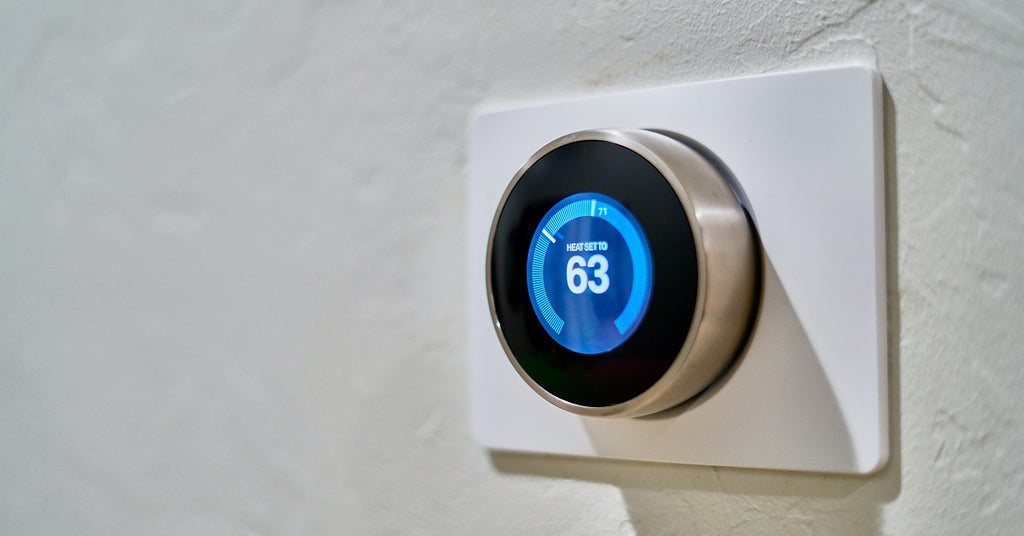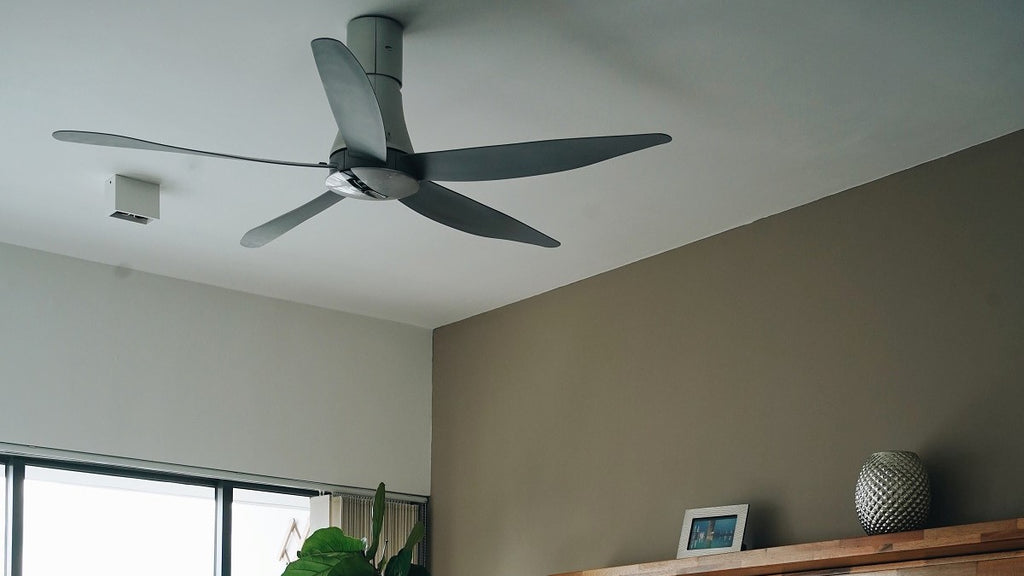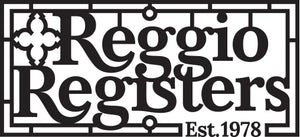10 Tips for How to Improve Heating Efficiency of Your Home
With cold weather just around the corner, it’s time to start thinking about whether your heating system is ready. Not only will a ship-shape heating system increase your heating efficiency, it will also help you stay cozy all winter long.
Here are 10 things you can do to improve home heating efficiency before jack frost starts nipping at your nose.

1. Seal Leaks
Not unlike a leaky faucet, your house can leak air. Seal the floors, walls, doors, fireplaces, and windows to keep warm air inside. Luckily there are some pretty easy fixes to seal things up.
Caulk, foam spray, and weather stripping all add an extra layer of protection. Floors may need a little more attention such as sealing from underneath or adding additional insulation. These things alone can save you 5-30% per year in energy savings.
People often forget the fireplace as a culprit when it comes to air leaks in the home. Be sure your damper is closed and fits well enough that it blocks escaping air. If not, you might want to think about other options. These include a plug, balloon, cover, cap, or adding a fireplace insert.
2. Insulation
If you’re not properly insulated, you lose heat. You can lose heat through the walls, roof, windows, and floor. But the good news is that you can do something about increasing insulation in all those places.
Walls, attic, and floor insulation means adding or replacing fiberglass insulation or blowing more cellulose insulation. The attic is the easiest place to start since it’s readily accessible. Since hot air rises, it should be at the top of your list for making a difference in your heating efficiency. You can also better insulate inside walls and between floor joists to keep your home cozy.
Windows and doors cause you to lose heat because they come in direct contact with outside cold air. For windows, be sure you have double paned glass to keep cold air at bay.
3. Heating System Maintenance
You’ll struggle to keep your home warm if your heating system isn’t in tip-top shape. A lagging heating system also decreases your efficiency, which will impact your heating bill.Get your heating system checked out regularly to ensure it is working properly. Don’t forget to give some love to the ductwork and vents too. Obstructed airflow can stress your heating system and decrease efficiency.
Change air filters as recommended. Get ducts cleaned regularly. Inspect all parts of the ducting to ensure you don’t have any leaks. It’s one thing to make heated air, but if it can’t be delivered properly, you’ll notice the difference in comfort and in the heating bill.
4. Update the Outdated
If your system is more than 10 years old, it might be time to consider an update. As technology advances, so does heating efficiency. Newer components and the latest technology ensure that your home stays warm and does it with ultimate efficiency.
Many systems continue to work just fine after that 10 year mark, however, you might be missing out on even greater benefits as your system ages.
Additionally, consider an update to more efficient windows and doors. Choosing "Energy Star" rated products will improve heating efficiency. New storm windows can reduce heat loss through window areas by 25% to 50%.

5. Smart Thermostat
Along the same lines as an updated heating system, the latest technology in thermostats can help you find better heating efficiency.
It is true that turning your thermostat down at night and when you’re not home helps your heating function at optimal efficiency. Doing this manually probably isn’t feasible but with a smart thermostat, you can set it and forget it.
Simply set it for specific temperatures at specific times and days and you’re all set to start saving energy and making your house comfortable around the clock.
6. Adjust Registers & Dampers
You can physically manipulate the flow of air in your home to compensate for warm or cool spots for more even, and more efficient, heating. It’s called air balancing and it’s easy to do yourself. It’s all based on basic air flow concepts like “hot air rises”.
Once you’ve found spots in your house that are warmer or cooler, compensate for them by adjusting dampers and closing some registers. Close or narrow registers on the top floor since some of the heated air from the main level will work its way up.

7. New Registers
On that note, if your registers, dampers, or louvers are in poor shape, you should consider replacing them. Your heating system relies on air flow. If there is any kind of obstruction, you’ll cause stress to your system and decrease your heating efficiency.
Reggio Register offers an excellent assortment of registers in all sizes and styles. Select coordinating louvers and dampers as well for the best heating efficiency.
8. Find Your Ideal Temperature
You might be surprised to find out that it isn’t necessary to keep your thermostats as high or low as you think you need to. In fact, a little experiment will help you find the ideal temperature at which you can be both efficient and comfortable.
Start by setting the thermostat between 76-78 degrees. Leave it for 24 hours. If, after 24 hours, it’s too warm or cool for you, adjust the temperature a couple of degrees then leave it there for 24 hours. Continue to adjust in small increments up and down until you find the perfect comfort level.
Finding your ideal temperature helps you save money and be more efficient because you’ll keep your temperature more consistent instead of chasing it.

9. Switch Ceiling Fans
Ceiling fans can help give your heating system a boost by keeping the air flow going. Best of all, your ceiling fans can be switched to flow in different directions. That means you can have them draw cool air up from the ground in the summer and push warm air down in the winter.
In the summer, your ceiling fan blades should move counterclockwise (right to left). In the winter, the blades should move clockwise (left to right). Most ceiling fan models have a switch on the fan itself that changes the direction of airflow. For models with a remote, look for the switch option on the remote.
10. Remove Restrictions
Anything that blocks your vents obstructs airflow. And that means less efficient heating. All vents require at least 18 inches of clearance around the vent. Even if the couch isn’t over the vent, you may still be interrupting airflow and decreasing heat disbursement.
Remove furniture, drapes, and other obstructions away from vents so they have the space to do their job.
How can you make your heater more energy-efficient? A few simple adjustments you can make yourself will make all the difference. Want more tips on increasing your efficiency? Check out how to improve your cooling efficiency.
